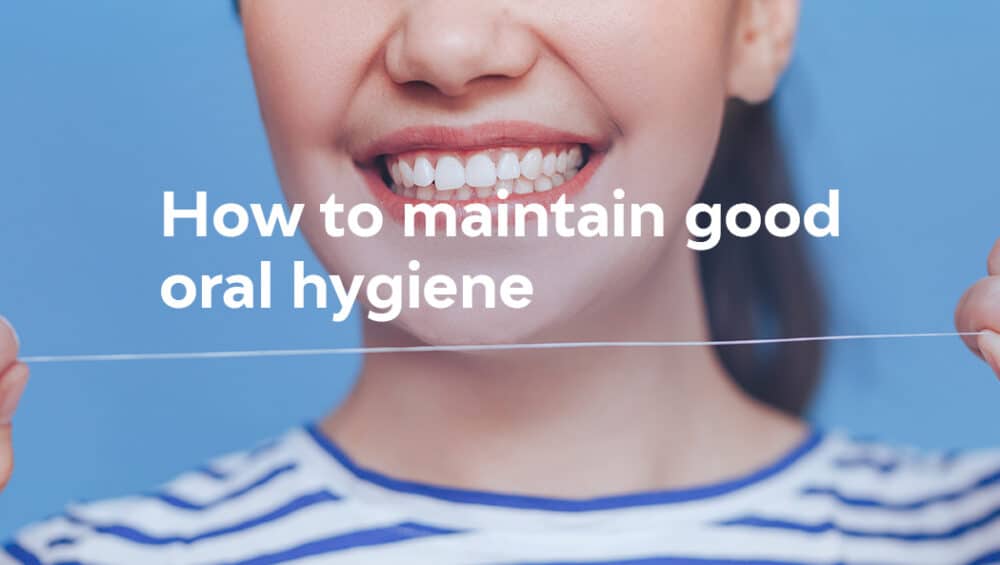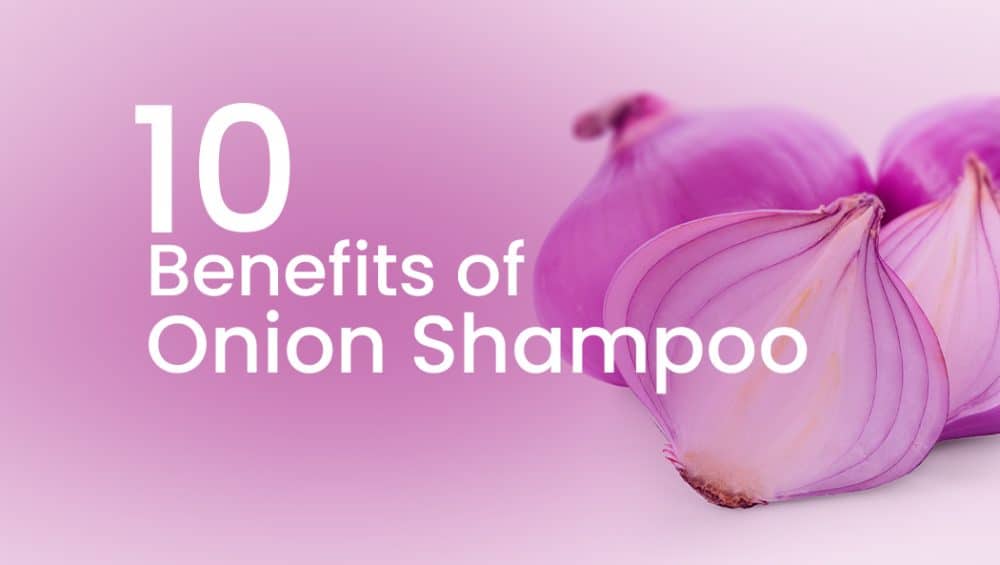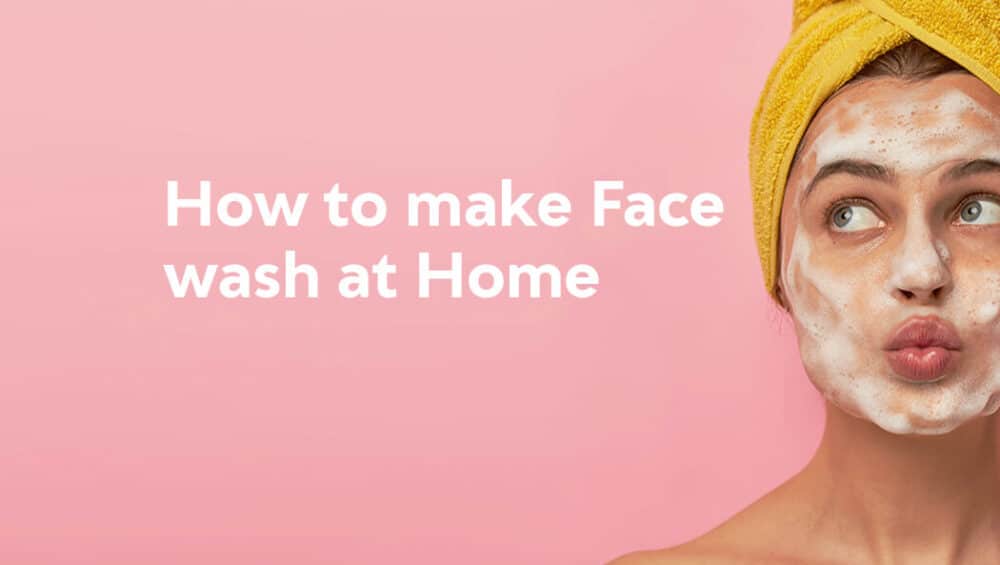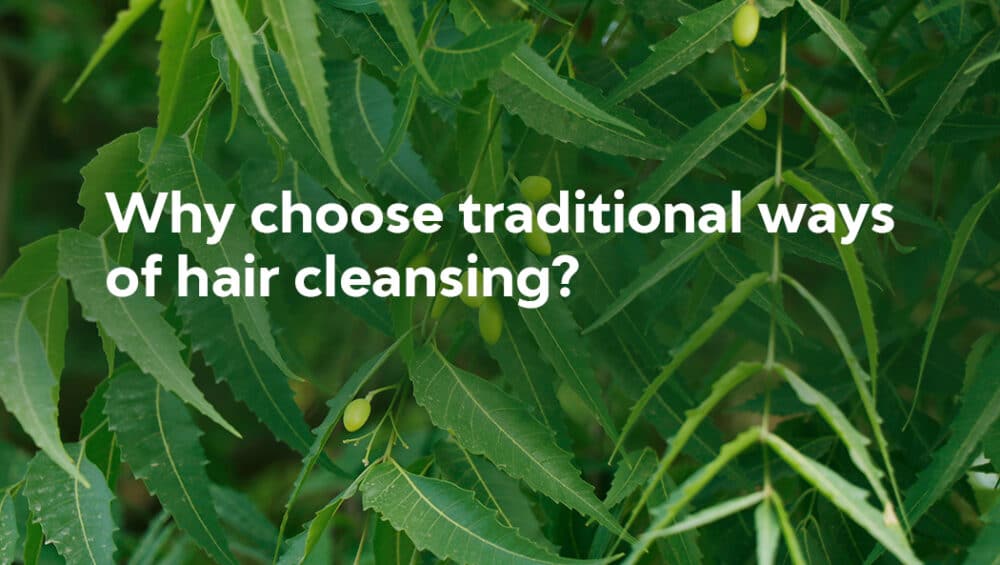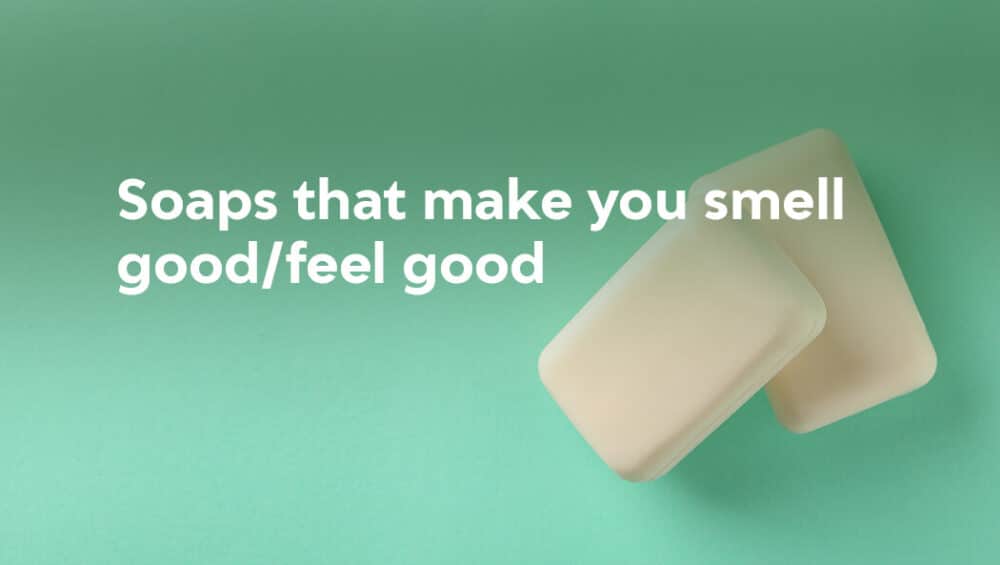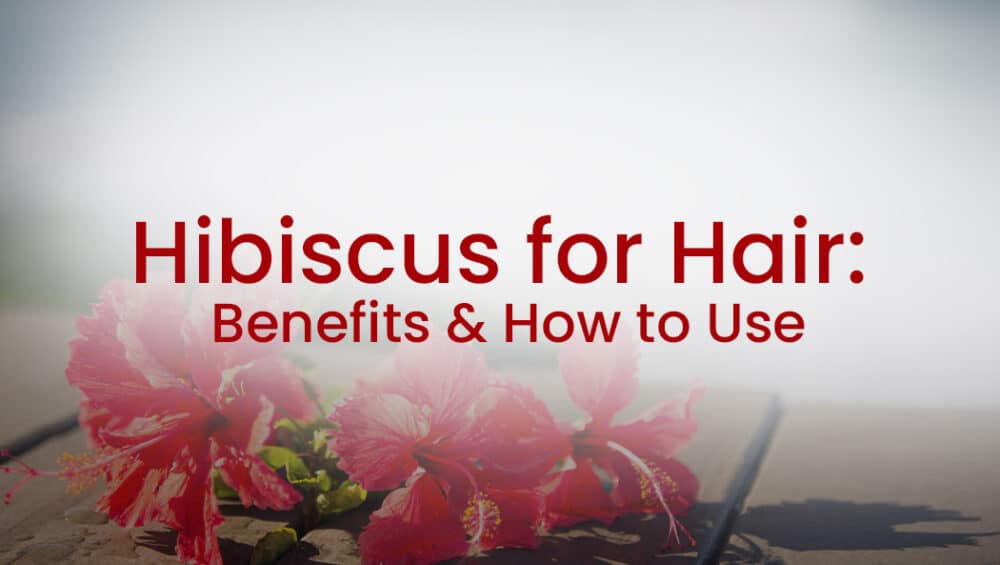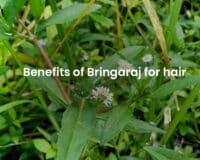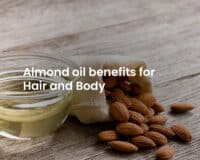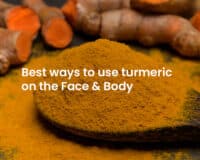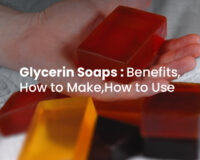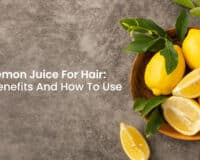Why aloe vera is good for skin and hair
Aloe vera gel is one of the most popular products for treating skin and hair. It promotes healing, minimizes irritation and redness, moisturizes skin, protects from sun damage, and more. In this article, we’ll explore all of the ways aloe vera can help your skin and hair so that you can make a more informed decision when buying your next beauty product.
What is Aloe Vera?
Grown in the dry climate, Aloe vera is a succulent plant. The gel from its leaves has been used for centuries to soothe burns and heal wounds. Today, aloe gel is commonly used as an ingredient in skincare products and as a natural remedy for a variety of skin conditions. Aloe vera helps to sort out all your major concerns with its natural properties and in this blog also, we will discuss the benefits of Aloe vera for skin, Aloe vera for face, and Aloe vera for hair.
Aloe vera contains 99% water, making it a great hydrating agent for the skin. It also contains compounds like polysaccharides and glycoproteins that can help to heal wounds and soothe inflammation. Aloe vera has antimicrobial properties that make it effective against bacteria and fungi, making it a good choice for treating acne or fungal infections of the skin.
When applied to the scalp, aloe vera can help to reduce dandruff and promote hair growth. Its moisturizing properties can also help to prevent split ends and make the hair shafts stronger and less likely to break.
Benefits of using Aloe Vera for Face
There are many benefits of using Aloe Vera for the face. It can help to hydrate and nourish the skin, and it can also help to heal acne and other blemishes. Additionally, Aloe Vera for face can help to reduce wrinkles and fine lines, and it can also help to protect the skin from sun damage.
If you want to reap the benefits of using aloe gel for your face, it’s important to choose a high-quality product. Look for an aloe gel that is made from 100% pure aloe vera juice or leaf extract. Additionally, make sure that the product is free from artificial fragrances, colors, or preservatives. Let’s check on the benefits of applying Aloe Vera on face:
-
- Reduces swelling, pains, and soreness of wounds
- Speeds up healing time
- Treats fungal and bacterial infections effectively
- Repair the damage from harmful sun rays and slows down the aging process
- Moisturize and hydrates the skin naturally
- Offers a cooling effect on rashes and sunburns
- Treats the condition of acne, cuts and wounds
How to use Aloe Vera for Face
If you are looking for a natural product to use on your face, aloe vera gel for face is a great option. This gel is derived from the aloe vera plant and has many benefits for the skin. It can help to moisturize the skin, reduce inflammation, and heal wounds.
To use aloe gel on face, start by cleansing your skin with a gentle cleanser. Then, apply a small amount of gel to your face and massage it gently. You can leave the gel on your face for 20 minutes before rinsing it off with warm water. Using this treatment 2-3 times per week will give you better results.
Read Also: How to choose the best body wash for all seasons
Benefits of using Aloe Vera for the Skin
Aloe vera is used to treat different skin conditions, back centuries. This aloe vera for skin is rich in nutrients that can help to soothe, hydrate, and repair the skin.
Aloe vera is 95% water, making it an excellent source of moisture for the skin. Additionally, it has antioxidant vitamins A, C, and E that can help shield the skin from harm. Aloe vera also contains compounds like gibberellins and polysaccharides, which have anti-inflammatory and healing properties.
When we apply aloe vera for skin, it can help to soothe sunburns, heal cuts and scrapes, and moisturize dry skin. It is also used for acne treatment.
There are many commercial products available that contain aloe vera as an ingredient. However, you can also get all of the benefits of aloe vera by using the gel directly from the plant. Simply break off a piece of a fresh aloe leaf and apply the gel to your skin.
Benefits of using Aloe Vera for Hair
When it comes to hair care, aloe vera is often hailed as a miracle ingredient. And for good reason! This succulent plant has been used for centuries to treat a variety of hair and scalp issues. Here are just a few of the ways in which aloe vera can benefit your hair:
- Aloe vera for hair can help to soothe and calm a dry, itchy scalp
- Increases blood circulation to the scalp and promote hair growth
- Aloe vera can help to prevent dandruff and other scalp conditions
- Makes your hair softer and regains its natural shine
- Aloe vera can protect your hair from damage caused by heat styling or sun exposure
How to Use Aloe Vera for Hair
When it comes to hair care, aloe vera for hair can be used in a number of ways. For example, you can use it as a natural conditioner or hair mask. To use aloe vera as a conditioner, simply massage the gel into your scalp and hair after shampooing. Leave it on for a few minutes before rinsing it off with cool water. You can also make a homemade hair mask by mixing aloe gel with some other ingredients like olive oil or honey. Apply the mixture to your hair and scalp and leave it on for 30 minutes before rinsing off.

How to Make Aloe Vera Gel at Home
Aloe vera has been used for centuries as a natural remedy for a variety of ailments, including skin and hair problems. This gel-based aloe vera at home is easy to make at home and helps to resolve the majority of your face, skin, and hair concerns. The gel from the aloe vera plant is believed to have many healing properties, which is why it is often used in natural cosmetics and skincare products.
To make your own aloe gel, you will need:
-1 aloe vera leaf
-A sharp knife
-A blender or food processor
-A glass jar with a lid
Start by carefully cutting off a piece of the aloe vera leaf. You can use the whole leaf or just a section of it. Using a sharp knife, cut through the outer green skin of the leaf to reveal the clear gel inside. Scrape out the gel with a spoon and add it to your blender or food processor. Blend until the gel is smooth, then pour it into your clean glass jar or bottle. Store it in a refrigerator and take according to to use. This is how you can make gel-based aloe vera at home, without wasting more time.
There are many reasons to use aloe gel for face, hair, and skin. Aloe vera is a natural product that has numerous benefits for your health. It is known to soothe sunburns, heal wounds and moisturize the skin. In addition, aloe gel can help to prevent acne and reduce the appearance of scars. If you are looking for a natural way to improve your appearance, then using aloe vera is a great option.







